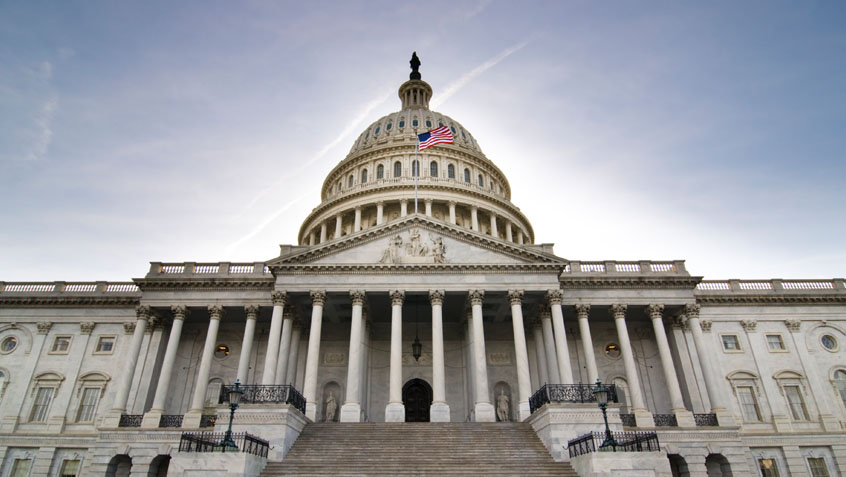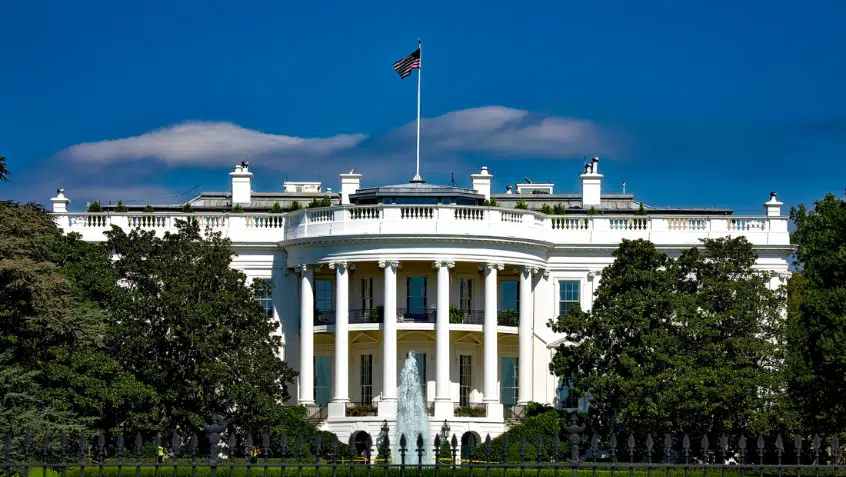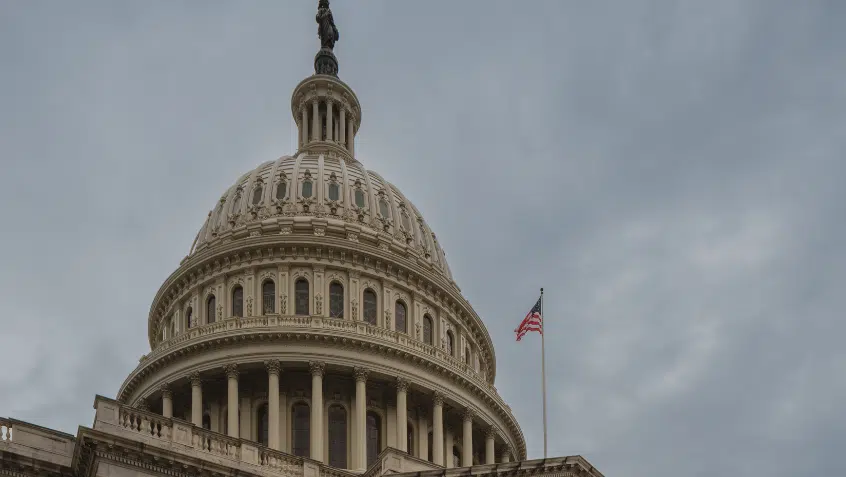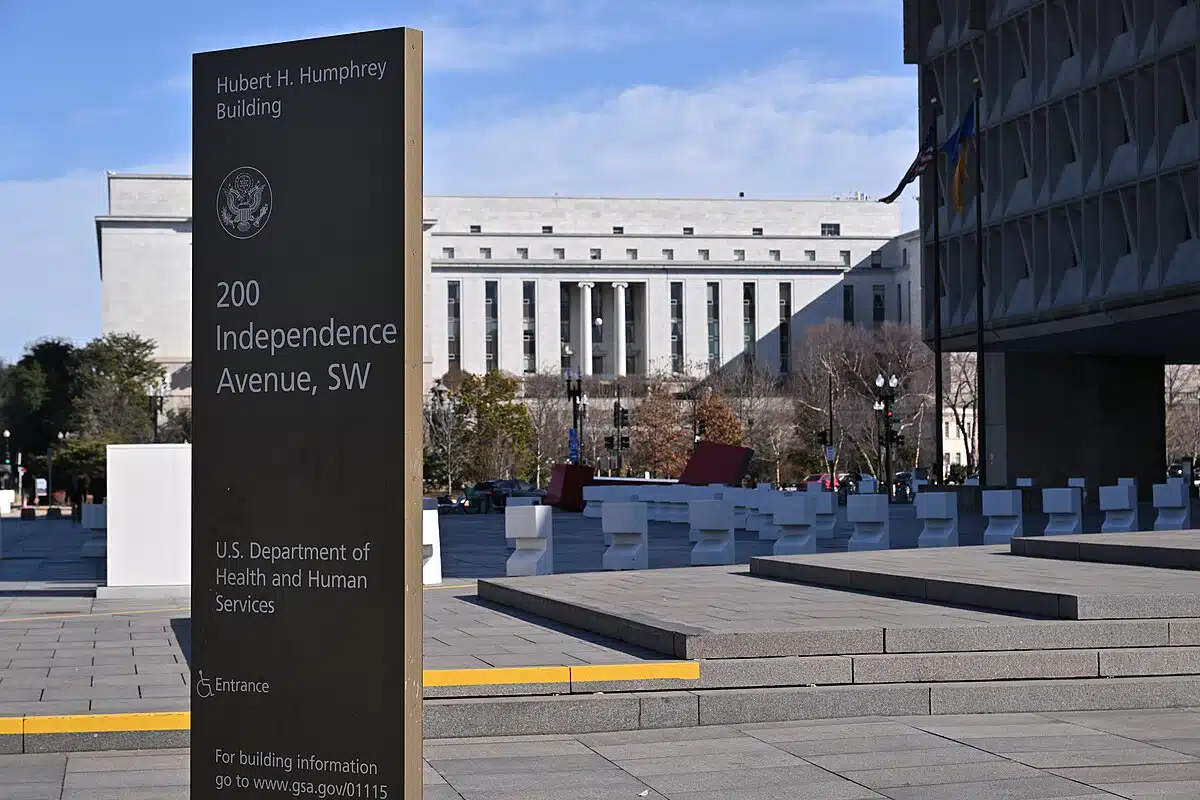Health Care Access Improving in Rural Areas, Challenges Persist

A new report from the U.S. Department of Health and Human Services’ (HHS) Office of the Assistant Secretary for Planning and Evaluation (ASPE) examines trends in health care access and outcomes in rural America.
While insurance rates in these areas are improving, challenges persist. The report describes differences in coverage patterns, barriers to care, and health outcomes between urban and rural areas as well as opportunities to further reduce these disparities, including the important role of Medicare, Medicaid, and the Affordable Care Act (ACA).
Key findings include:
- Uninsured rates among adults under age 65 in rural areas have fallen substantially since the passage of the ACA, from 24% in 2010 to 13% in 2023.
- This is largely attributed to the ACA’s Medicaid expansion, which allowed states to extend eligibility to adults with incomes up to 138% of the federal poverty level (FPL). As a result, Medicaid coverage rates rose from 12% of the rural population in 2010 to 17% in 2020. It reached 21% in 2023, coinciding with the continuous enrollment condition during the COVID-19 public health emergency. And uninsured rates among rural residents are consistently higher in states that have not yet adopted the ACA’s Medicaid expansion (16%) vs. those that have (12%).
- Recent legislation (The American Rescue Plan Act of 2021 and the Inflation Reduction Act of 2022) enhanced premium tax credits (PTC) for purchasing coverage in the ACA Marketplaces. Eligible rural consumers received an increase of $74 in monthly PTC, while urban consumers received an increase of $58 per month. Overall, these enhanced PTCs are saving rural enrollees an average of $890 per year, about 28% more than their urban counterparts.
- Despite these successes, rural Americans continue to have a higher uninsured rate than their urban counterparts, and disparities in outcomes remain. ASPE notes that while rural communities are diverse, there are some commonalities—such as long distances to care, infrastructure limitations, and provider shortages—that may be contributing factors.
- Importantly, programs and services such as telehealth, health care workforce programs, health centers, Indian Health Service and Tribally operated health care facilities, and Rural Health Clinics can help by improving access to care, as can shoring up federal and state health care programs like Medicare, Medicaid, and the ACA.
Medicare Rights agrees with ASPE that an important way “to increase access to care is to expand health insurance coverage.” The ACA and its Medicaid expansion were key successes to reducing the uninsured rates in rural areas. Simplifying Medicare enrollment, easing access to programs like the Medicare Savings Programs that make coverage more affordable, as well as expanding eligibility outreach and enrollment assistance to people in rural areas could further boost coverage rates and access to care. We also support related strategies to improve health outcomes and minimize the disparities between rural and urban areas, such as telehealth, infrastructure improvements, health care workforce programs, and caregiver supports.
The Latest
Most Read
 Congress Moves to Cut Medicaid
Congress Moves to Cut Medicaid  Threats to the Social Security Administration and to Benefits Continue to Raise Alarm
Threats to the Social Security Administration and to Benefits Continue to Raise Alarm House Adopts Senate Budget Plan, Laying the Groundwork for Significant Health Care Cuts
Trump Administration and DOGE Eliminate Staff Who Help Older Adults and People With Disabilities
Add Medicare to Your Inbox
Sign up to receive Medicare news, policy developments, and other useful updates from the Medicare Rights.
View this profile on InstagramMedicare Rights Center (@medicarerights) • Instagram photos and videos







